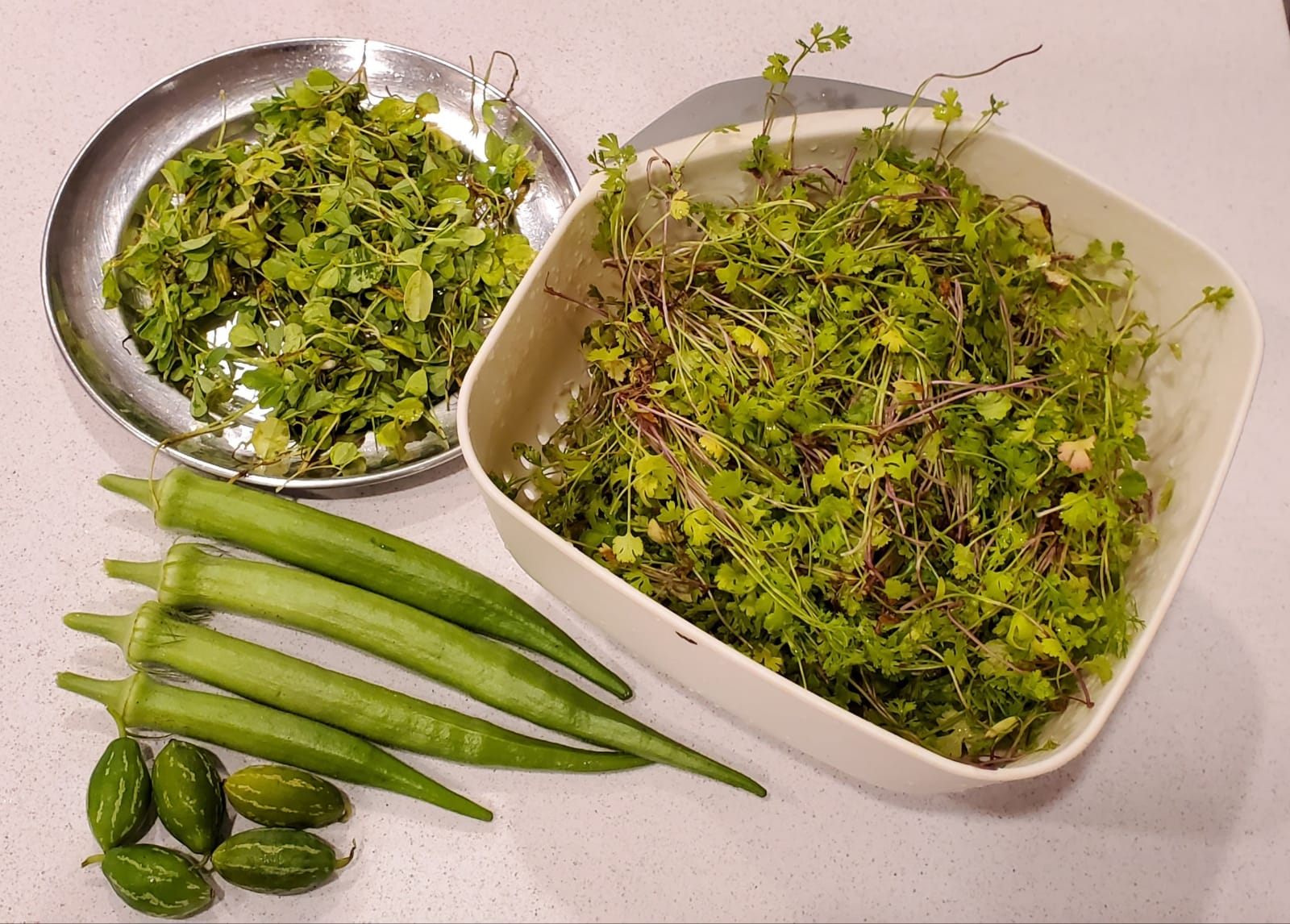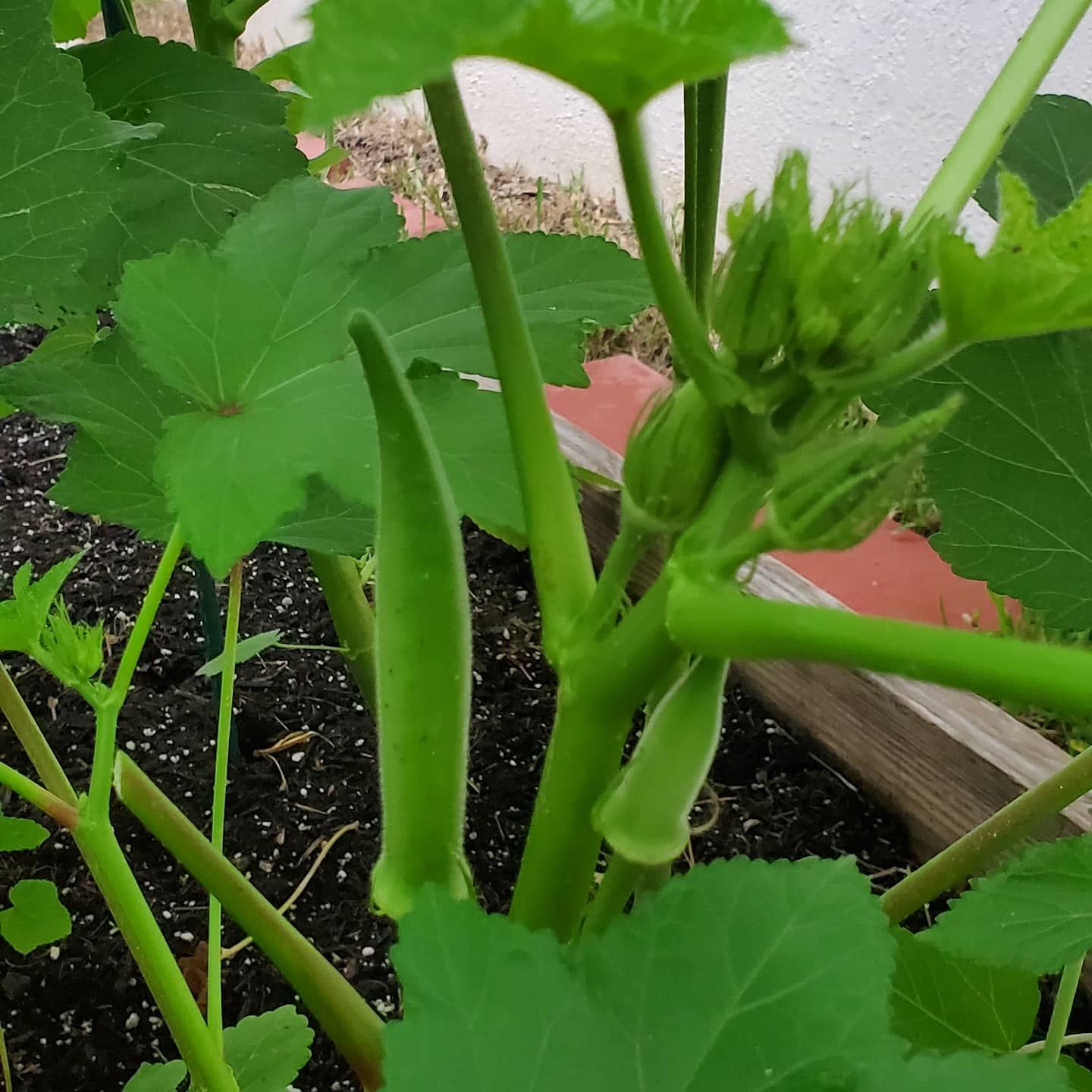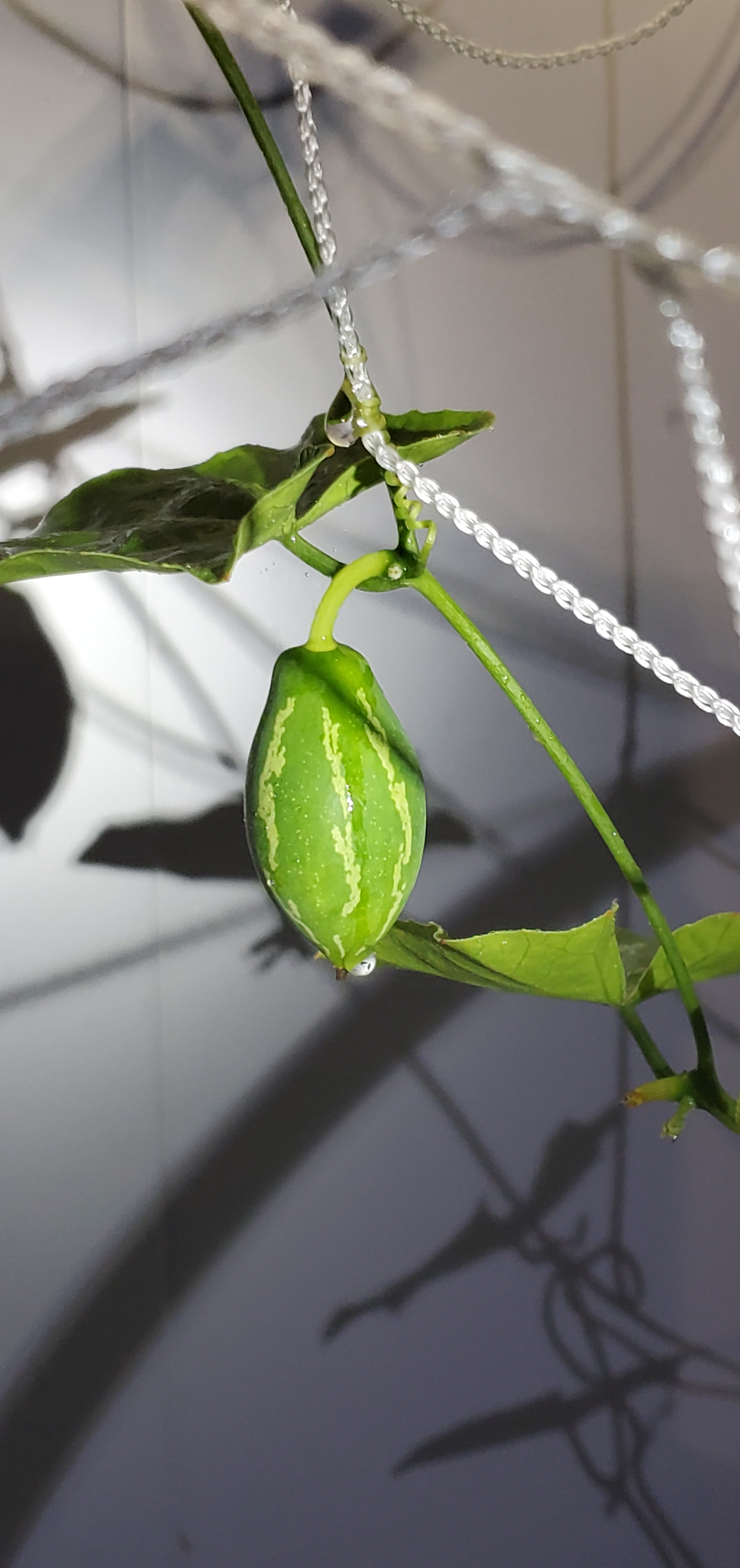Who else experiences PMS symptoms of existential dread and sadness which suddenly turns into rage and then after 5 minutes you realize you are on an emotional roller coaster and this is not how you really are?? I DO, and it used to be so much worse before I found out we could eat the right foods to lessen these manic feelings!! That’s just the emotional part of it, but the physical symptoms of cramps, acne, breast tenderness, lower back pain, BM issues, bloating, and fatigue can also be balanced with the proper nutrients.
When I was in college I knew nothing about nutrition. I moved away from my luxury of home cooked food, so my diet predominantly consisted of Wendy’s, a lot of prepackaged foods, and eating out a majority of the time. Definitely not the healthiest time period of my life, but we live and we learn! Since 2018 I’ve been implementing healthier dietary and lifestyle choices and now in 2023 I can say with confidence that what we put into our body and how we nourish it is so important.
My mood swings have severely reduced, they do occur on occasion but I can attribute it to my hormones and instead of being hard on myself, I’m trying to be understanding of it. The physical symptoms for me used to be so much more intense than they are now! In Traditional Chinese Medicine, they say if women feel discomfort it’s associated with an imbalance. Eating the right foods help bring your hormones and body into balance.
It’s key to limit and/or avoid high sugar, artificial/processed foods, and foods using white flour such as white bread, pastas, and pizzas. Focus on eating whole foods consisting of lean protein, healthy fats, fruits and vegetables.
Fruits and vegetables contain fiber, vitamins, minerals, flavonoids, polyphenols, anthocyanins that inhibit inflammation which can help with cramps and also protect against oxidative stress.
Omega 3 fatty acids from fish, nuts, and seeds promote a healthy inflammatory response as well and can help with mood.
Dark chocolate can curb the sugar cravings and is a source of iron and magnesium. Iron is necessary due to the loss of iron during our cycle and magnesium promotes a positive mood and relaxes the smooth muscles which can also be beneficial for cramps.
Lentils and beans are a good source of protein for those following a vegetarian diet. Avocados and ghee (clarified butter) are other fantastic healthy fats. Filling in nutritional gaps with food is essential for whole body health.
































